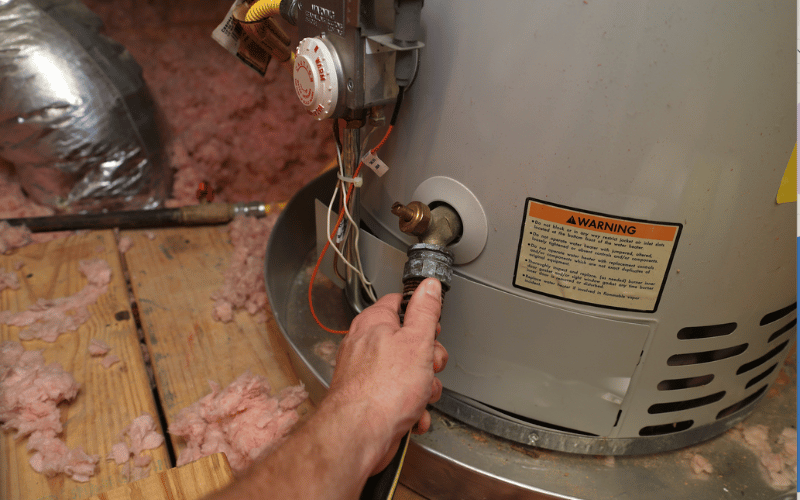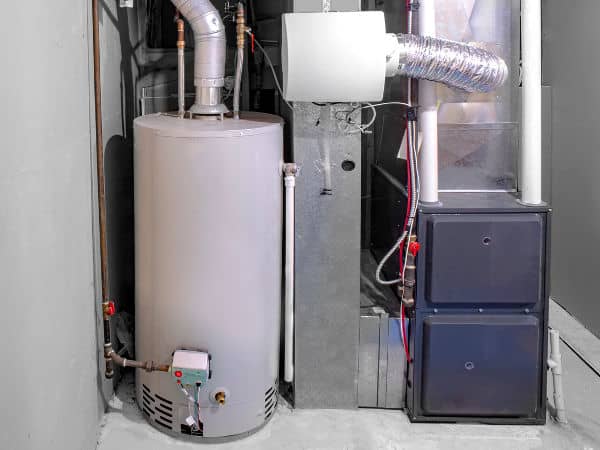Caring for Your Home's Hot Water System: Key TipsTips on How to Keep Your Home's Hot Water System in Good Condition
Caring for Your Home's Hot Water System: Key TipsTips on How to Keep Your Home's Hot Water System in Good Condition
Blog Article
In this article down the page you can find lots of amazing help and advice on the subject of How to Maintain Your Water Heater & Prolong its Life.

Warm water is necessary for everyday comfort, whether it's for a revitalizing shower or cleaning meals. To guarantee your warm water system runs efficiently and lasts longer, regular maintenance is key. This article provides sensible ideas and insights on exactly how to preserve your home's hot water system to avoid disruptions and pricey repair services.
Intro
Keeping your home's warm water system may seem daunting, yet with a couple of basic actions, you can guarantee it runs smoothly for several years to find. This guide covers everything from comprehending your warm water system to DIY maintenance tips and recognizing when to call in expert help.
Value of Maintaining Your Warm Water System
Regular upkeep not just prolongs the life-span of your warm water system however also ensures it runs effectively. Disregarding maintenance can cause decreased effectiveness, higher energy expenses, and even early failing of the system.
Signs Your Hot Water System Demands Upkeep
Understanding when your warm water system needs interest can prevent major concerns. Keep an eye out for indications such as irregular water temperature, unusual sounds from the heater, or rustic water.
Recognizing Your Hot Water System
Before diving right into maintenance tasks, it's valuable to recognize the basic elements of your warm water system. Generally, this includes the hot water heater itself, pipelines, anode rods, and temperature level controls.
Month-to-month Maintenance Tasks
Routine month-to-month checks can help catch minor issues prior to they rise.
Flushing the Water Heater
Flushing your water heater eliminates debris accumulation, boosting performance and lengthening its life.
Monitoring and Changing Anode Rods
Anode poles protect against deterioration inside the tank. Inspecting and changing them when broken is important.
Inspecting and Adjusting Temperature Level Setups
Readjusting the temperature settings guarantees ideal performance and safety.
DIY Tips for Maintenance
You can execute numerous upkeep jobs yourself to keep your warm water system in top condition.
Checking for Leakages
Regularly evaluate pipelines and links for leaks, as these can bring about water damages and greater expenses.
Evaluating Pressure Relief Valves
Examining the stress relief valve guarantees it operates properly and avoids excessive pressure build-up.
Protecting Pipes
Insulating hot water pipelines decreases warmth loss and can save energy.
When to Call an Expert
While DIY upkeep is useful, some problems require specialist knowledge.
Facility Issues Calling For Expert Aid
Examples include major leakages, electrical troubles, or if your water heater is continually underperforming.
Routine Specialist Maintenance Conveniences
Professional upkeep can include comprehensive examinations, tune-ups, and making sure compliance with safety and security requirements.
Conclusion
Regular maintenance of your home's warm water system is vital for efficiency, durability, and cost financial savings. By complying with these pointers and knowing when to look for expert help, you can make sure a dependable supply of warm water without unforeseen disturbances.
How to Maintain an Instant Hot Water Heater
Before tinkering with your hot water heater, make sure that it’s not powered on. You also have to turn off the main circuit breaker and shut off the main gas line to prevent accidents. Also turn off the water valves connected to your unit to prevent water from flowing into and out of the appliance. 2. When you’re done, you have to detach the purge valves’ caps. These look like the letter “T” and are situated on either side of the water valves. Doing so will release any pressure that has accumulated inside the valves while at the same time avoid hot water from shooting out and burning your skin. 3. When the purge valves’ caps are removed, you have to connect your hosing lines to the valves. Your unit should have come with three hoses but if it didn’t, you can purchase these things from any hardware or home repair shops. You can also get them from retail stores that sell water heating systems. Read the user’s manual and follow it to complete this task properly. When the hosing lines are connected, open the purge port’s valves. 4. You should never use harsh chemical cleaners or solutions when cleaning your unit. Make use of white vinegar instead. It should be undiluted and you’ll probably use about 2 gallons. 5. Now flush your water heater. This task should probably take about 40 minutes. We can’t give you specific directions for this because the procedure is carried out depending on the type, model and brand of your heater. With that being said, refer to the user’s manual. 6. When you’re done draining the unit, you have to turn off the purge port valves again. Remove the hosing lines that you earlier installed on each of the water valves. Put the valve caps (purge port) back in their respective places and be very careful so as not to damage the rubber discs that are found inside these caps. 7. Now that everything’s back in place, check your user’s manual again to find out how to reactivate your water heating system. 8. Once it is working, turn one of your hot water faucets on just to let air pass through the heater’s water supply pipes. Leave the tap on until water flows smoothly out of it. https://www.orrplumbing.com/blog/2014/september/how-to-maintain-an-instant-hot-water-heater/

We had been shown that report on Water Heater Maintenance Tips You Can't Afford to Forget from a friend on a different web address. Enjoyed our article? Please share it. Help another person find it. I take joy in your readership.
Book Service Report this page